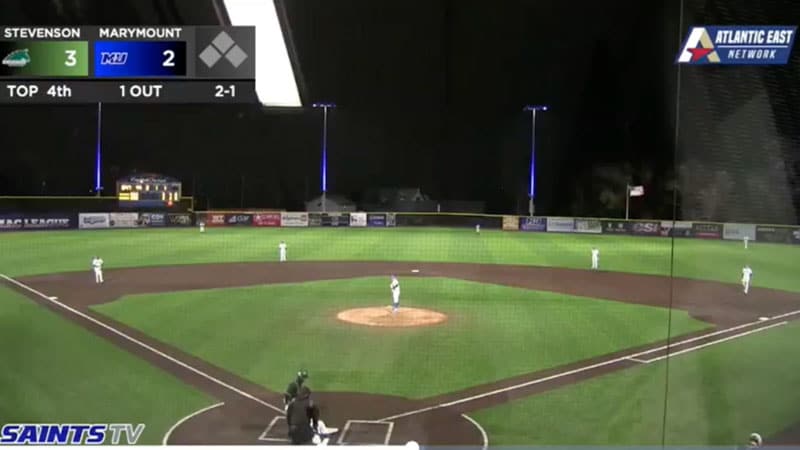Proper Plate Mechanics
by Craig Hughes


- Fair/Foul
- Catch/no-catch decisions
- Plays or actions with the ball
- Plays or actions without the ball
The aforementioned 4 responsibilities are foundational at all levels of umpiring. The status of the baseball is always JOB 1 and who is responsible for each point listed above.
Potential play awareness can go a long way in preparing you to be in the best possible position to make your call. When the ball is hit “here”, I do “what” helps create good muscle memory. Pre-pitch signals/communication between you and your partner will pave the way to a well-officiated play. Good timing, being set at the best angle, and crisp mechanics will finish off what is certain to be a highlight worthy moment.
With No Runners on Base
The plate umpire has fair/foul responsibilities from the plate to the foul pole in left field and up to the first base bag. Catch/no-catch responsibilities are all the routine fly balls in the outfield and all catches from the center fielder and anything left. Read your partner on all batted balls to the outfield with no runners on base. Remember that the plate umpire has ALL catch/no catch responsibilities until the field umpire reads the play and either crashes in or goes out determining trouble and assumes responsibility for that particular part of the play. If the base umpire goes out for a trouble ball, the plate umpire has all plays on the runner, including touches at all bases and potential obstruction.
Responsibilities shift on ground balls to the infield where the plate umpire is now responsible for running lane violations, pulled foot at first base and potential swipe tags. The plate umpire, once the ball is hit, should clear the catcher to the left and then head up the first base line to assist with their responsibilities.
With Runners on Base
The plate umpire has fair/foul responsibilities on all batted balls. Our catch/no-catch responsibilities on fly balls to the outfield include anything that takes the left or right fielder towards the line. Remember that the field umpire has ALL catch responsibilities with runners on base until the plate umpire calls the field umpire off.
Know rotation situations with runners on base and practice good pre-pitch signals you’re your partner. If you are not taking catch/no-catch, be sure you are watching touches and tags at all bases.
A solid pre-game meeting with your partner is key to your success. Review the basic responsibilities and rotations. As the plate umpire you are viewed as the umpire-in-chief (UIC), on the field, regardless of who is the “crew chief”. Having a working grasp of mechanics and responsibilities is essential to working the plate properly. If you are unsure on the basic responsibilities, ask for help and take advantage of training opportunities. The training staff is always available so do not hesitate to reach out with any questions on plate mechanics in the two-umpire system.

